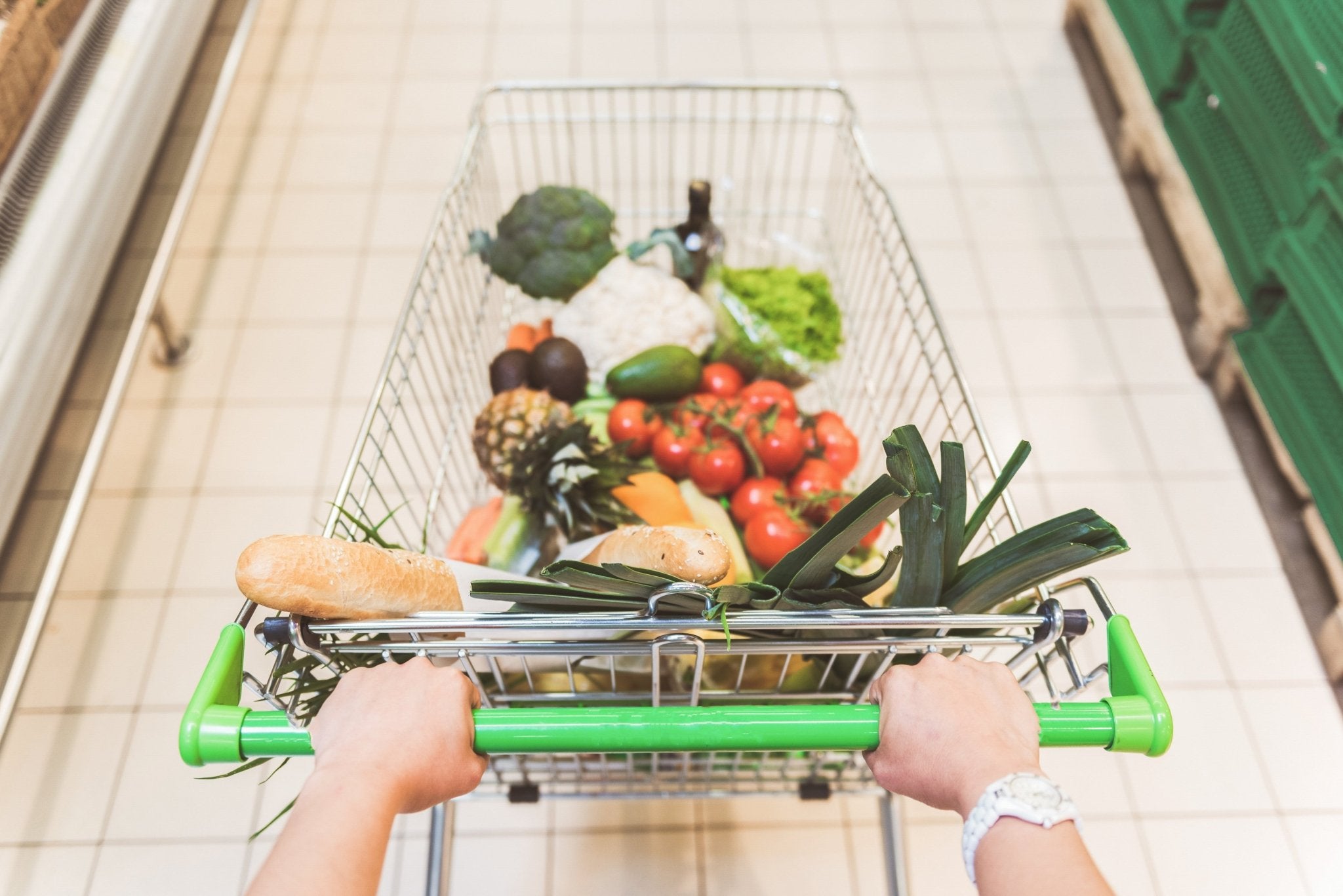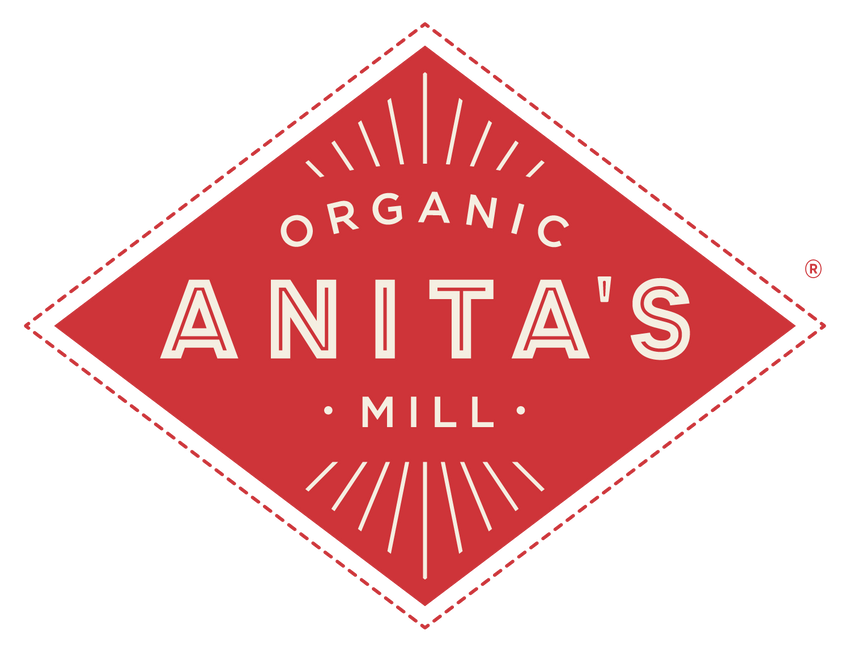
4 Ways What You Choose to Eat Directly Impacts the Environment—and Animals
What we choose to eat has direct impacts on the environment—and both non-farmed and farmed animals (should you choose to eat animals or animal products). Our industrial food system provides us with an abundance of food, but there are hidden impacts.
Although it may seem overwhelming, with these points in mind, you can attempt to make greener food choices. Transportation of food and food waste are other aspects to consider. Overall, plant-based, organic food with minimal packaging certainly tops the list when it comes to environmentally-friendly food and drink choices.
Another study published last year also found that large numbers of insects—including helpful pollinators like bees—are dying off. If you choose to eat meat or animal products, choosing certified organic products means you’re choosing products produced on farms that must follow certain animal welfare standards (like minimum indoor and outdoor spacing requirements).
1. All The Packaging!
Think about any trip to the grocery store. From tomatoes in plastic trays wrapped in even more plastic, to individually-wrapped cookies and tea bags, to juice boxes with straws, packaging and plastic is literally everywhere. According to the Government of Canada, about 8 million tonnes of plastic waste enters the oceans globally each year, which means plastics could outweigh fish in the oceans by 2050. In the U.K., leading supermarkets were found to create more than 800,000 tonnes of plastic packaging waste every year.2. Water, Soil & Air Pollution
It’s no secret that non-organic food production uses potentially toxic pesticides and fertilizers that pollute our soils, water and the air we breathe. An example of serious water pollution caused by chemical and non-organic agriculture is the toxic Lake Erie Algae bloom. This gigantic algae stretched along the shores of Ohio, Michigan and Ontario, tainting the drinking water for more than 400,000 people. Our soils are also in trouble: according to the FAO, a third of the world’s soil has already been degraded, partly due to chemical agriculture.3. Biodiversity & Animal Welfare
Non-organic food production also impacts our biodiversity: A recent study found that birds in France, for example, have declined by a third in the past 15 years because of changes in agricultural practices, including pesticide use.4. Meat = More Resources
It’s also no secret that meat and meat products take more resources—like land, food and water—to produce than plant-based products like grains, fruits and vegetables. The FAO reports that the livestock sector is the world’s largest user of agricultural land through grazing and the use of feed crops. One study calculated that beef production, for example, requires 28 times more land and 5 times more irrigation water than other livestock categories. It’s clear that not eating meat or reducing consumption of meat and animal products lowers our environmental footprints.Would you like to be the first to hear about our new products and more?
Sign up for our Nature’s Path Newsletter.








